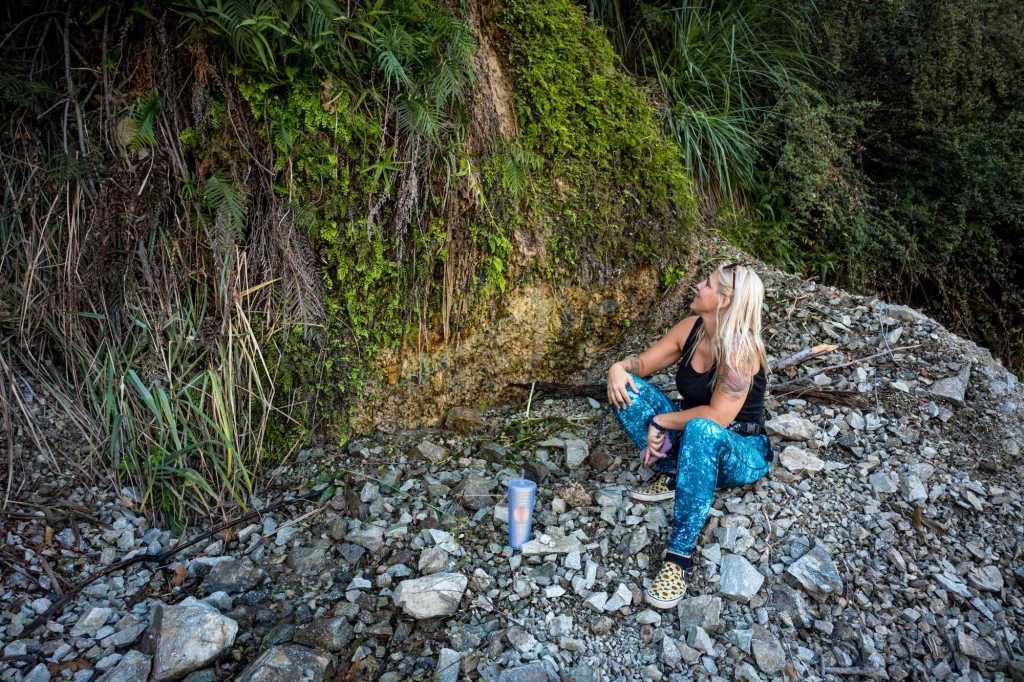When Tropical Storm Hilary drenched the town of Big Bear and nearby communities, some mountain dwellers were trapped by flash floods, debris flows and washed out roadways.
But not local residents Jackie and Shadow.
The famous bald eagles who live near Big Bear Lake quickly took cover, roosting high in the trees, finding protection from the storm’s punch. Eagle watcher Sandy Steers said the pair “are doing just fine” on Tuesday, Aug. 22.
Biologists, conservancies, bird watchers and trail hikers concluded that most urban wildlife found shelter from the unprecedented summer storm that deluged Southern California from Saturday night, Aug. 19 through Monday, Aug. 21, while some were checking on the health of fish and amphibians in local streams.
“I don’t think it has hurt the wildlife because I think they are better able, adapting to the changes in our environment,” said Mark Stanley, executive officer of the San Gabriel and Lower Los Angeles Rivers and Mountains Conservancy on Wednesday, Aug. 23. “They will last longer than us human beings.”
Experts point out the bigger threats to wildlife are caused by humans, not nature, from global climate change due to burning of fossil fuels bringing more intense wildfires and hotter oceans, to development gobbling up habitat once relied on for foraging and mating, to motorists crashing into animals on freeways.
The question posed after the storm focuses on the health of the largest mammals living in the Santa Monica Mountains, the region’s urban mountain lions and bobcats.
“The truth is, they are used to this kind of (weather) systems where you have a lot of rain certain times and no rain at other times. They were probably not affected significantly,” said Seth Riley, wildlife ecologist and branch chief for wildlife for the National Park Service. The NPS has been studying urban mountain lions in Los Angeles and Ventura counties for 21 years.
Black bears, more common in the Angeles National Forest…
Read the full article here







